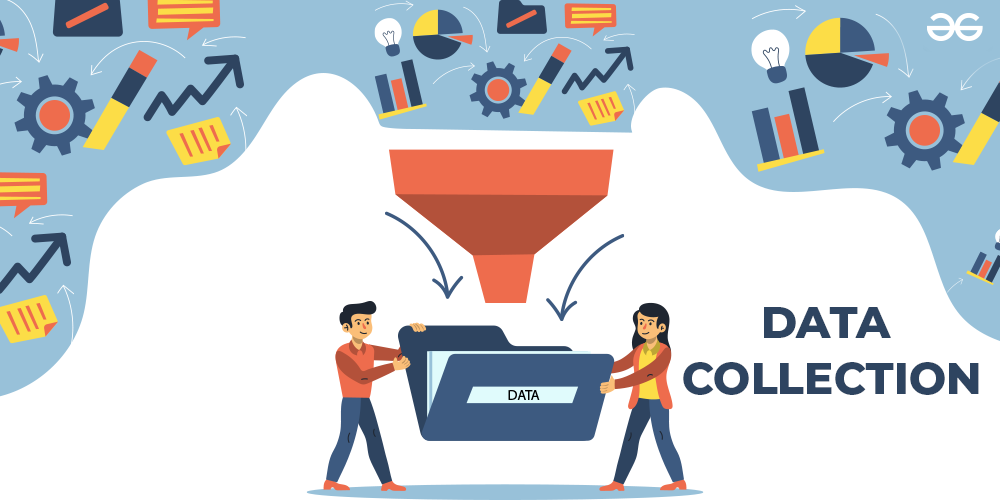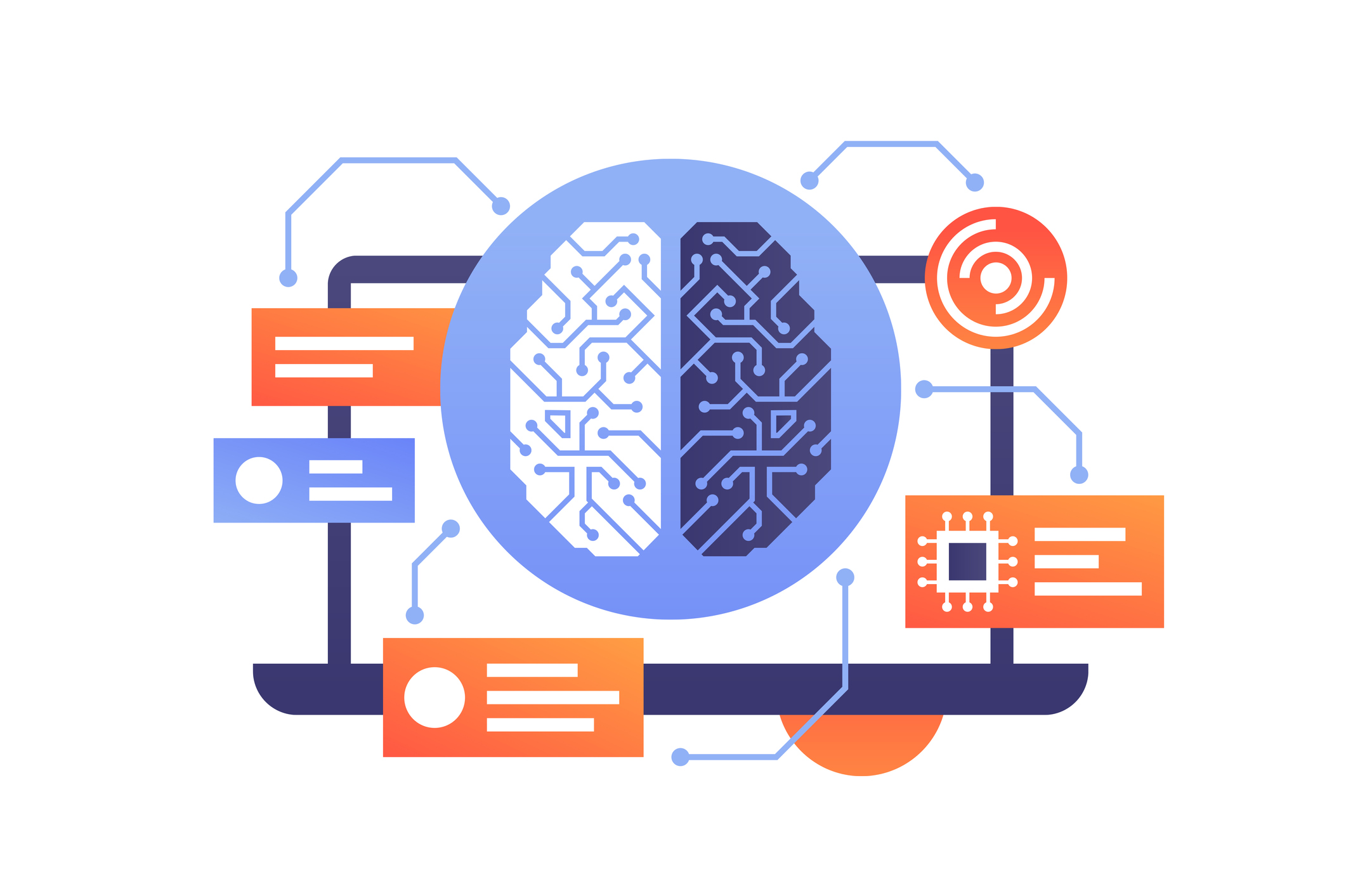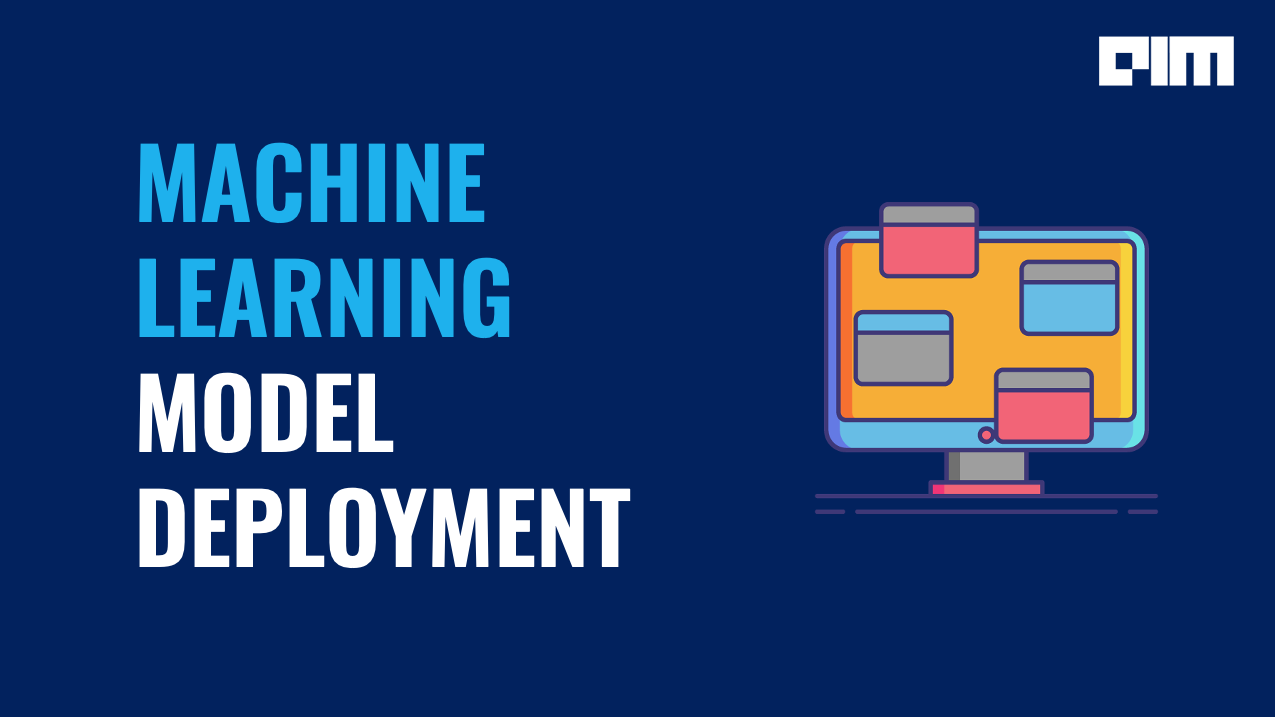There was a time when businesses would rely heavily on historical data and intuition to make key decisions. But
 today’s data-driven world, this is no longer enough. One of the most powerful shifts I’ve seen during my journey as a data professional has been the rise of predictive analytics. Predictive models go beyond simply understanding the past—they help businesses anticipate the future, which is a game-changer in today’s competitive environment.
today’s data-driven world, this is no longer enough. One of the most powerful shifts I’ve seen during my journey as a data professional has been the rise of predictive analytics. Predictive models go beyond simply understanding the past—they help businesses anticipate the future, which is a game-changer in today’s competitive environment.
I’ve worked on multiple projects where predictive analytics transformed how decisions were made. From forecasting sales trends to predicting customer churn, this advanced technique has had a profound impact on driving business strategy. Let me share with you how predictive analytics works and how it can be applied to real-world business scenarios.
What is Predictive Analytics?
In simple terms, predictive analytics involves using historical data to make predictions about future outcomes. By applying machine learning algorithms, statistical techniques, and data mining, businesses can forecast trends, customer behaviors, and potential risks. It empowers decision-makers with data-backed insights to understand what might happen next and how to prepare for it.
I like to think of predictive analytics as the art of making educated predictions based on patterns hidden in large datasets. It answers important questions like: "Which products will be in demand next quarter?", "Which customers are likely to churn?", or "What are the potential risks in our financial operations?" These are crucial insights that go beyond descriptive analytics (which looks at past data) or diagnostic analytics (which identifies reasons behind past events).
How Does Predictive Analytics Work?
The process of predictive analytics is methodical and revolves around five key steps:
- Data Collection: Collecting vast amounts of relevant historical data from multiple sources like CRM systems, sales databases, or even external factors like social media engagement, weather reports, or economic conditions. Data can come from transactional systems, IoT devices, or customer interactions, making it essential to have reliable data pipelines.
- Data Preparation: Preparing the data is vital as it ensures accuracy and completeness. This involves cleaning the data (removing duplicates, filling missing values, etc.) and transforming it into formats suitable for analysis. From my experience, this is often the most time-consuming but critical step, as quality input data translates into quality predictive models.
- Model Building: Using machine learning algorithms such as regression models, decision trees, or advanced deep learning models to create a predictive model that can learn from past data. The choice of algorithm depends on the nature of the problem—for example, linear regression works well for forecasting continuous variables like sales revenue, while decision trees are better for classifying customer behavior patterns.
- Model Evaluation: Testing the model with a validation dataset to ensure it can make accurate predictions. It’s essential to use metrics such as accuracy, precision, recall, and F1 score to gauge performance. For continuous predictions, I rely on measures like mean squared error (MSE) or root mean squared error (RMSE).
- Deployment: Once the model passes the evaluation stage, it is ready to be deployed and used in real-time to make predictions on new data. At this point, businesses can start applying the predictions to inform decisions and strategies.
Real-Life Example: Case Study in Sales Forecasting
Let me share one of my favorite projects where I applied predictive analytics. I was working with an e-commerce client that wanted to optimize their inventory levels. Their problem was simple: during certain months, some products were overstocked while others were sold out. This mismatch led to either lost sales or excess stock, both of which were costly.
After understanding their business needs, I built a predictive model using their sales data over the past three years. I focused on several key factors such as:
- Seasonal trends (e.g., increased sales during the holiday season)
- Regional demand (certain products sold better in specific regions)
- Past promotions (and their effect on sales volume)
- Weather patterns (yes, weather influenced buying behavior for certain items)
Once the data was cleaned and prepared, I used a combination of time series forecasting and regression models to predict future sales for each product. I also incorporated external data like promotional campaigns and market trends to refine the model’s predictions further. The result was a much more accurate forecast of sales demand, allowing the business to stock the right products at the right time.
The outcome? The company saw a 20% reduction in excess stock and a 15% increase in sales by ensuring popular items were always available. Predictive analytics helped turn a reactive inventory strategy into a proactive one, where decisions were made based on solid data-driven insights rather than guesswork.
Machine Learning Algorithms in Predictive Analytics
The core of predictive analytics lies in machine learning algorithms that can learn from historical data to uncover patterns and make predictions about future events. Here are some of the machine learning techniques I’ve frequently used:
- Linear Regression: Used for predicting continuous outcomes like sales figures or stock prices.
- Decision Trees: A non-linear model that can make classification predictions, such as predicting whether a customer will churn or not.
- Random Forest: An ensemble method that combines multiple decision trees to improve accuracy. I often use this to avoid overfitting when dealing with noisy or imbalanced datasets.
- Neural Networks: Ideal for complex datasets where linear or simple non-linear models struggle. Neural networks can identify intricate patterns, making them perfect for advanced predictive tasks like image or voice recognition.
- Time Series Forecasting: This technique helps in predicting values over time. I’ve used it extensively in sales and demand forecasting, financial trend analysis, and even customer behavior prediction over specific periods.
Benefits of Predictive Analytics for Businesses
Predictive analytics offers numerous benefits for organizations across industries. From my experience, the key advantages include:
- Improved Decision-Making: Predictive analytics provides data-driven insights, allowing businesses to make decisions based on forecasts rather than gut feelings.
- Optimized Operations: Businesses can use predictions to streamline operations, improve resource allocation, and reduce inefficiencies. In the case of inventory management, predictive analytics ensures optimal stock levels, minimizing excess inventory and avoiding stockouts.
- Enhanced Customer Experience: By predicting customer behavior, businesses can offer personalized products, services, and experiences, leading to higher satisfaction and loyalty.
- Risk Mitigation: Predictive models can identify potential risks, such as fraudulent transactions or customer churn, enabling businesses to act before the risk materializes.
- Competitive Advantage: Companies that leverage predictive analytics gain a strategic edge by anticipating market trends, customer preferences, and operational risks.
Real-World Applications of Predictive Analytics
Predictive analytics can be applied across various industries to tackle a wide range of business challenges. Here are a few real-world examples from my experience:
- Customer Churn Prediction: In retail and telecom sectors, I’ve built predictive models that identify customers likely to leave the service. These predictions enabled companies to implement targeted retention strategies and reduce churn rates significantly.
- Sales Forecasting: Predictive analytics allows businesses to accurately forecast sales, ensuring that they can optimize inventory, pricing, and promotions to match demand fluctuations.
- Fraud Detection: In the financial sector, predictive models help detect anomalies in transaction data, allowing companies to flag fraudulent activities and mitigate financial losses.
- Predictive Maintenance: For manufacturing industries, predictive analytics can forecast equipment failures, enabling companies to perform maintenance before costly breakdowns occur.
- Demand Forecasting: In the e-commerce space, predictive analytics is widely used to forecast demand for products, ensuring that businesses maintain the right inventory levels and avoid stockouts.
Final Thoughts
Predictive analytics has become an indispensable tool for businesses looking to stay competitive in today’s fast-paced market. It goes beyond descriptive analytics, providing actionable insights that empower companies to anticipate trends, mitigate risks, and make more informed decisions. Whether you’re in retail, finance, healthcare, or manufacturing, predictive analytics can transform how you approach business challenges and opportunities.
As someone who has seen the power of predictive analytics firsthand, I encourage businesses to start embracing it now. Not only does it improve operational efficiency, but it also gives companies a significant edge in driving growth and staying ahead of the curve.










Comments
Post a Comment